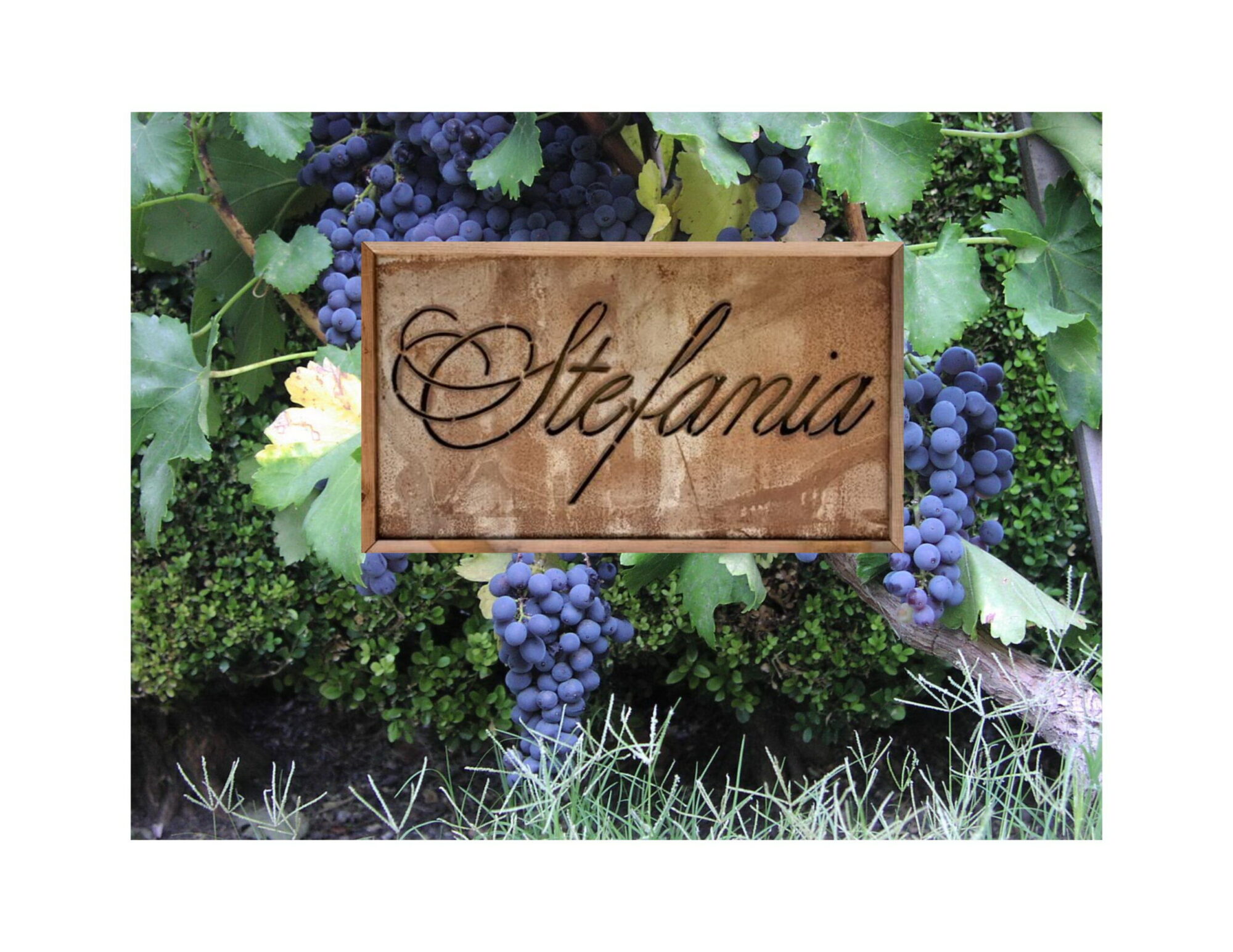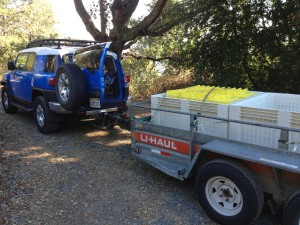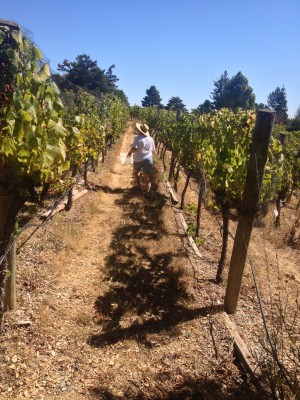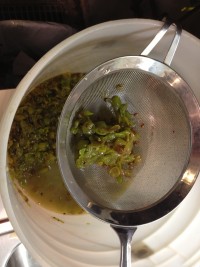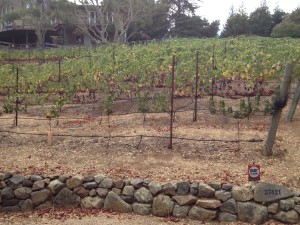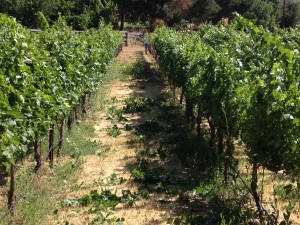I realized it’s been 14 days since the last update. In general the busier we get the less we write. I know Stefania has a bunch of pictures to get up also but she’s been just as busy.
In the last update I wrote about the Crimson Clover and Roxy harvest. We brought in about twice the yield from those two vineyards that we’ve ever had before. Some was the season and some was new plants at Roxy starting to yield. I was exhausted the Sunday after that. I carried 90% of the 3 tons of grapes we had out of the vineyards on my shoulders. At one point Sunday I just had to go sit in the car for 30 minutes out of the sun.
At some point the following week I took this picture below of an old fashioned. Not sure what day it was or exactly why but it was on my camera. The days do get kind of blurry.
The next weekend we went out again to pick some of the smaller vineyards that were ready. We planned on doing the rest of Roxy as we’d left the Zinfandel there for another week to get riper. We would also do Red Hen and then the Harrison vineyard in Los Altos. The day before we go pick we get the crush pad staged which is the picture below. All the equipment comes out, gets re-cleaned and covered. We also make sure we have any of the supplies we will need for picking and transport.
Then the large bins and picking bins are loaded into the trailer and tied down. Each big bin hold 1000 pounds. I like to keep the smaller vineyards separate at least until we’re done picking, just in case one has enough grapes to do on its own. So we use a large trailer with three bins and do no more than three vineyards in a day.
The first day actually went fine. We picked Roxy fairly fast and loaded a good amount of Zinfandel which we decided we’d add whole cluster to the Cabernet already in vat fermenting. Red Hen was not so great though. Stef took a lot of pictures there but I took none as I was removing the nets. The nets kept the flying birds out but the chickens ate about 50% of the grapes.
At the Harrison Vineyard they had a group of friends picking so I just had to carry the bins out of the vineyard. They had about 750 pounds of Syrah in all that we also decided to do whole cluster as the start of the Haut Tubee fermentation. We were able to get out of the winery, home, showered and to the Roller Derby by 7:30 that night.
The next day did not go as well. We picked Mourvedre at Mineral Hill with the though of making a Rose from it. We knew there was too much fruit and it wasn’t going to get ripe enough to make a red wine. I figured there was about 1000-1200 pounds and 5 of us could pick in about 45 minutes. Turned out there was over 2400 pounds and I carried it all out 30 pounds at a time. By the time we headed for the winery I was pretty beat. As we processed and took lab reading we realized there wasn’t going to be a high enough sugar to even make a rose. The kicker for the day the was I got hit in the head with the large must hose as we were cleaning up and knock down hard. I ended up missing a day from the day job and had mild concussion. I’m ok now and will have more about the next weeks activities tomorrow or Saturday.
